How can I tell the difference between natural and synthetic quartz gemstones?
Examination of Inclusions
- Natural Quartz:
- Inclusions in natural quartz are often diverse and irregular, reflecting the complex geological processes during its formation. They can include tiny gas bubbles, liquid inclusions (such as water or other fluids), mineral particles like rutile needles, or even other crystals that got trapped inside while the quartz was growing. For example, in some natural amethyst specimens, you might find small, randomly distributed inclusions that give the crystal an interesting internal “landscape” or a cloudy appearance in certain areas.
- These inclusions can vary greatly in size, shape, and distribution from one crystal to another, and they are usually not uniformly arranged.
- Synthetic Quartz:
- Synthetic quartz is typically produced under controlled laboratory conditions. While it may have some inclusions related to the synthesis process, they tend to be more regular and uniform. For instance, in hydrothermal synthetic quartz, there might be small, evenly spaced growth striations or very fine, regularly distributed inclusions that are characteristic of the manufacturing process.
- The types of inclusions in synthetic quartz are often different from those in natural quartz and are usually fewer in number and more predictable in appearance.
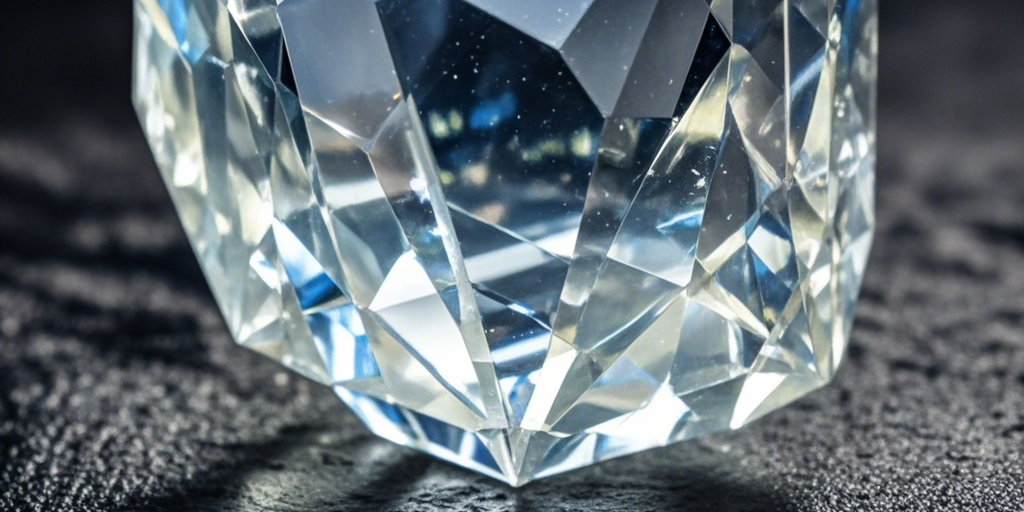
Observation of Growth Patterns
- Natural Quartz:
- Natural quartz crystals have growth patterns that are influenced by the variable conditions in the Earth’s crust. They may have irregularities in their crystal shape, with uneven edges or surfaces that show evidence of growing in a natural environment. For example, a natural quartz crystal might have a hexagonal prism shape with slightly distorted or asymmetric terminations at the ends due to competition for space with surrounding minerals or changes in temperature and pressure during growth.
- The internal crystal structure of natural quartz can also exhibit complex growth zoning, where different layers or regions within the crystal have slightly different chemical compositions or colors, which is visible under magnification.
- Synthetic Quartz:
- Synthetic quartz grows around a seed crystal under carefully controlled temperature, pressure, and chemical conditions. As a result, it usually has a more regular and symmetrical crystal structure. The edges are often smoother and more uniform, and the overall shape of the crystal is more predictable compared to natural quartz.
- The internal growth patterns in synthetic quartz are typically more consistent and lack the kind of chaotic or variable growth features seen in natural crystals.
Color Distribution and Uniformity
- Natural Quartz:
- The color in natural quartz gemstones can be unevenly distributed due to variations in the concentration of impurity elements during its formation. For example, in a natural amethyst, the purple color might be darker in some areas and lighter in others, creating a natural gradient or patchy appearance. Similarly, in rose quartz, the pink color can vary in intensity across different parts of the crystal.
- Natural color changes within a crystal can be quite irregular and follow the growth patterns or the distribution of impurities in the rock where the quartz formed.
- Synthetic Quartz:
- Synthetic quartz is often made to have a more even color distribution. When producing colored synthetic quartz (such as synthetic amethyst or citrine), manufacturers use controlled doping techniques to introduce impurities evenly throughout the crystal. As a result, the color tends to be more consistent from one part of the crystal to another, although there can still be some very slight variations depending on the quality of the synthesis process.
UV Fluorescence
- Natural Quartz:
- Different types of natural quartz can exhibit various fluorescence responses under ultraviolet (UV) light. For example, some natural amethysts may show a weak to moderate fluorescence in long-wave UV light, often with a color like red or orange. However, the fluorescence can vary depending on the specific impurities present in the crystal and its origin.
- Natural clear quartz (rock crystal) generally has little to no fluorescence under normal UV light conditions.
- Synthetic Quartz:
- Synthetic quartz may have a different fluorescence pattern compared to natural quartz. Some synthetic quartz gemstones can show stronger or different colored fluorescence due to the specific chemicals used in the synthesis process or the way the impurities are incorporated. For instance, synthetic amethyst made using certain methods might have a fluorescence that is more intense or a different hue than its natural counterpart under the same UV light conditions.
Testing with Equipment
- Gemological Microscope:
- A gemological microscope allows for detailed examination of inclusions, growth patterns, and other internal features. By magnifying the quartz specimen up to 40x or more, you can clearly see the differences in the nature and distribution of inclusions and growth characteristics between natural and synthetic quartz.
- Spectroscope:
- A spectroscope can be used to analyze the absorption spectra of the quartz. Natural and synthetic quartz may have slightly different absorption patterns due to variations in their chemical compositions and impurity levels. By observing the specific absorption lines or bands in the visible light spectrum, it can help in distinguishing between them.
- Polariscope:
- A polariscope can detect the optical properties of the quartz, such as its birefringence and optical character. While both natural and synthetic quartz are generally optically similar in many respects, there can be subtle differences in how they interact with polarized light that can assist in identification, especially when combined with other testing methods.
It’s important to note that accurately distinguishing between natural and synthetic quartz can be challenging, especially for those without significant gemological training or experience. In some cases, it may be necessary to consult a professional gemologist or send the specimen to a reputable gemological laboratory for proper identification.
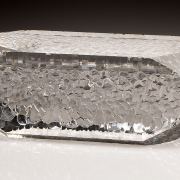
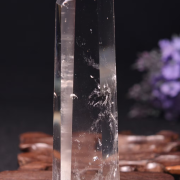
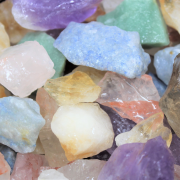
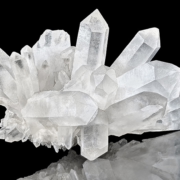
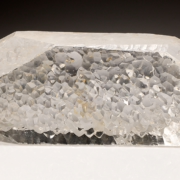
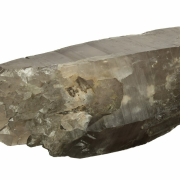
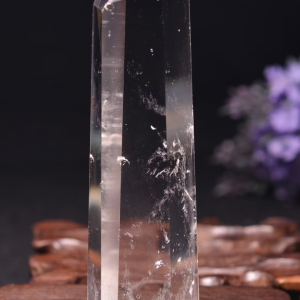
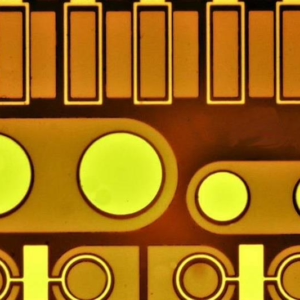
Leave a Reply
Want to join the discussion?Feel free to contribute!